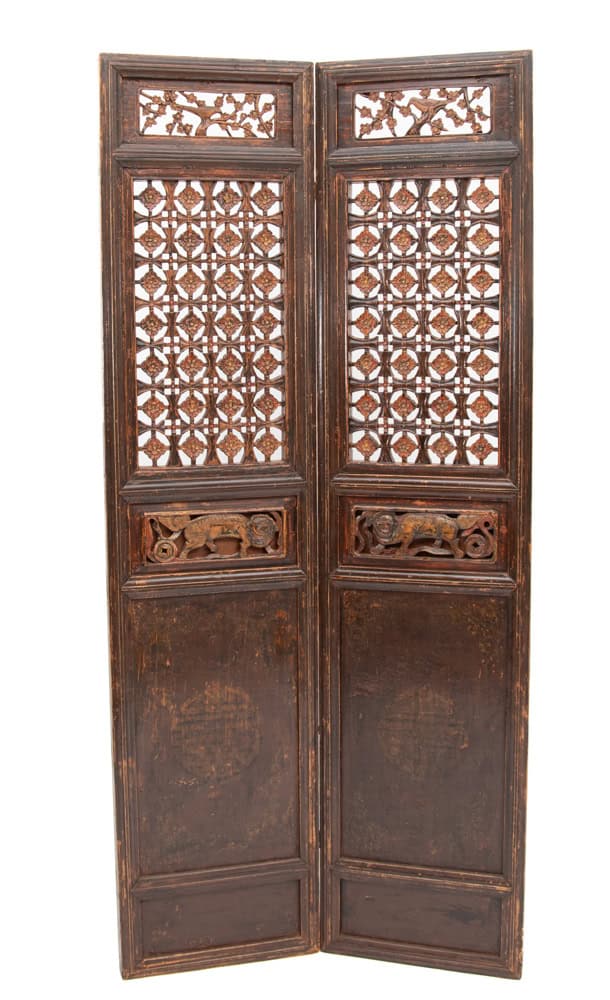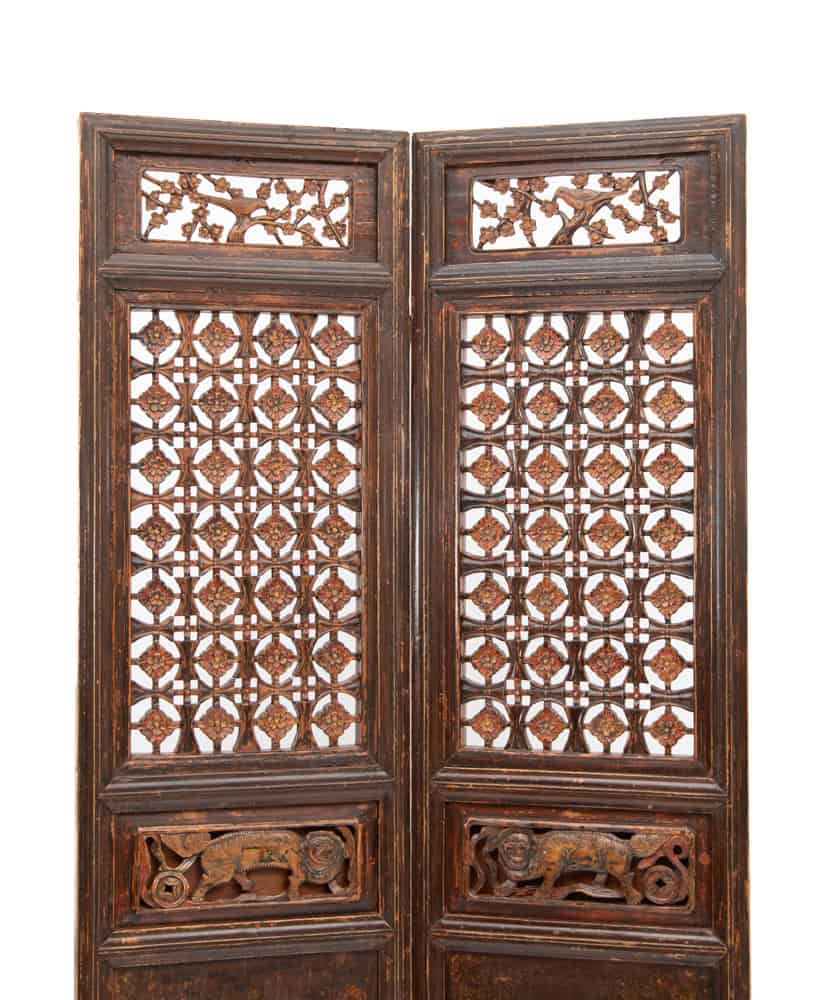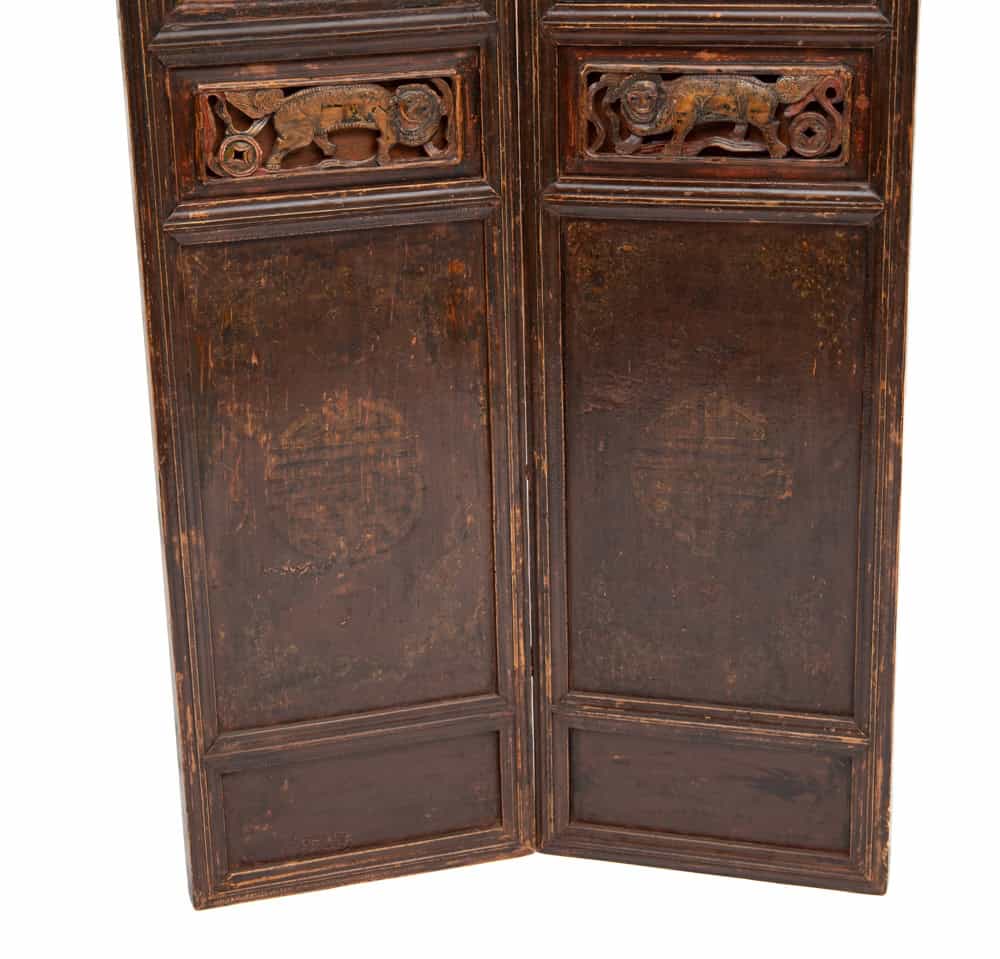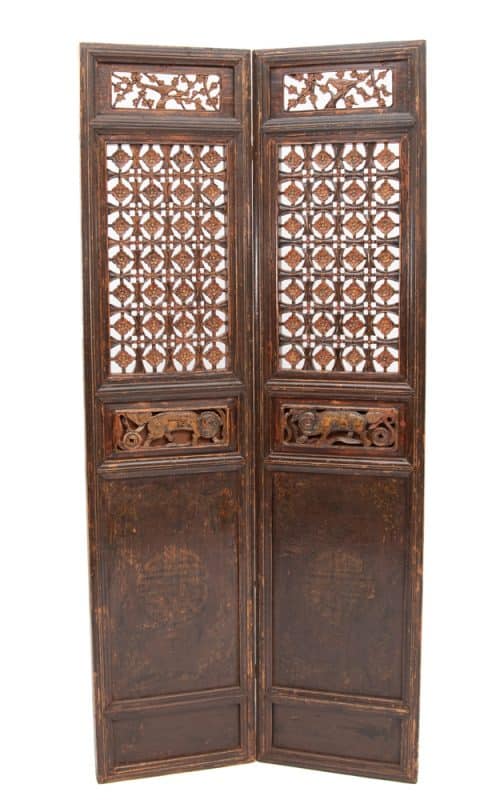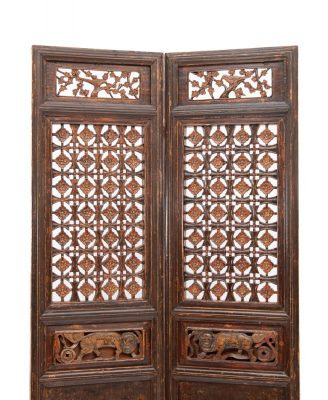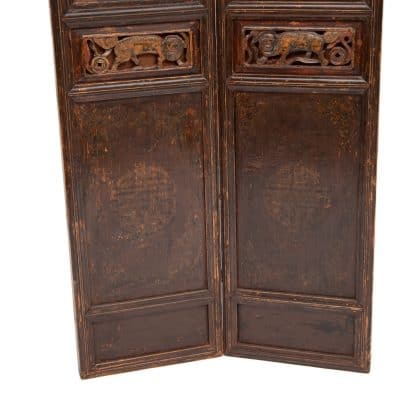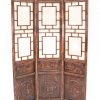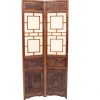Two panel screen with open carved medallions
$3,100.00
19th century
- elm
- 217cm H x 50cm W x 7cm D (each panel)
Fascinating screen with combination of relief and open carving with painted elements as well.
A shipping fee is calculated to deliver this item to the metropolitan areas of Brisbane, Sydney, Melbourne, Adelaide and Perth. Contact us to arrange a quote for delivery to other areas.
1 in stock
Make an EnquiryNote: Shipping of art is free in Australia

